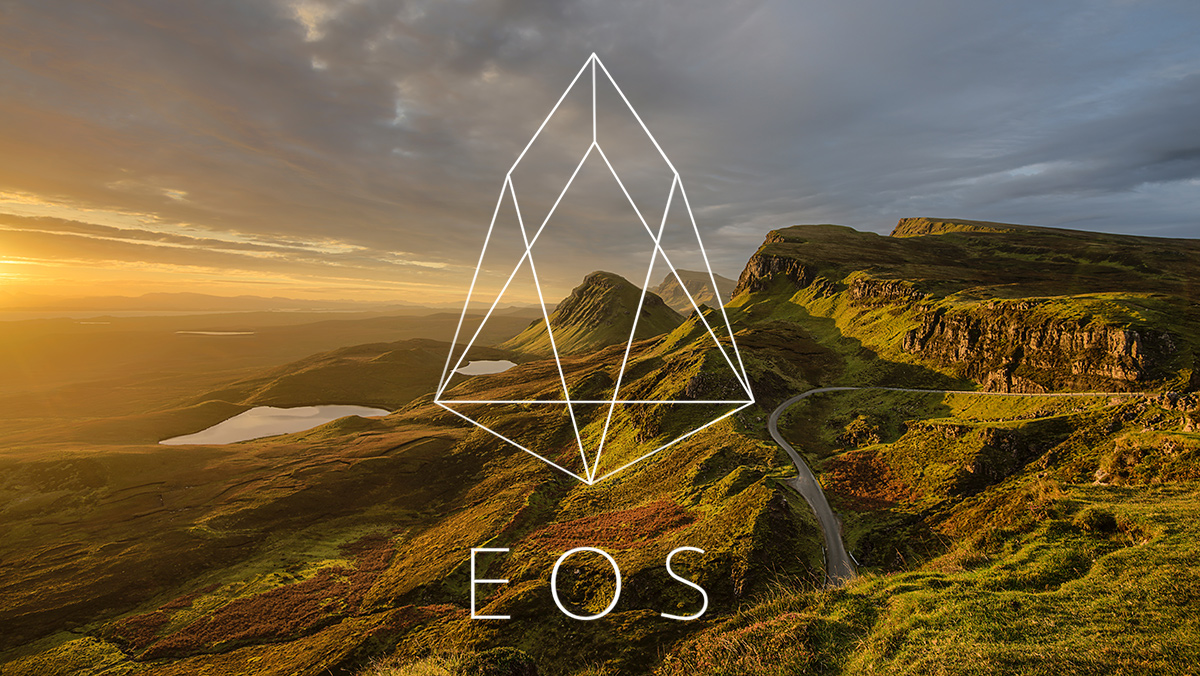EOS White Paper Digest
Probably you’ve already heard about EOS, a blockchain project of Steemit confounder Dan Larimer, and asked yourself how exactly it differs from other blockchains. Especially if you think about investing in EOS ICO or building apps on it. The best answers yet given can be found in EOS Technical White Paper, but if you aren’t prepared to read the whole of it (about 47 000 characters), then this post is for you.
Basic Characteristics
EOS is a blockchain in production meant to be an operating system for decentralized apps. It will be capable of supporting millions of users and is built for apps as big as Facebook, Uber, AirBnB, or Ebay. It will be free for end users with no transactions fees, unlike Bitcoin and Ethereum. It will be lightning fast and able to compete by performance with non-blockchain apps. It will be easy to upgrade and the upgrades won’t result in blockchain forks, again unlike it’s the case with Bitcoin and Ethereum.
Consensus
EOS software uses Delegated Proof of Stake (DPOS) consensus algorithm as the only one capable to meet the the performance requirements. It means EOS token holders vote for block producers which don’t compete for blocks but rather cooperate.
In case of a software fork the longest chain branch will be chosen automatically, so a blockchain fork can’t happen.
Accounts
All EOS accounts have human readable names chosen by the account creator, like in Steem blockchain. There will be also namespaces like @user.domain available for @domain account owners.
The account creation fees (which are promised to be insignificant) will be paid by app developers. (That‘s why, if you plan to create EOS based apps, it’s important to get as much EOS tokens as possible.)
Accounts and scripts can exchange messages and this is how smart contracts will be defined.
Security
EOS implements sophisticated permission management and multi user control over funds which is the best defence against hacking.
Sensitive actions could have a mandatory delay defending account owners against key theft. Advanced account recovery will provide protection even if the keys are stolen.
Tokens
The EOS blockchain will be resource constrained. There are 3 types of resources in EOS — bandwidth and log storage, CPU, and RAM. Resources allocated to apps will be measured in tokens directly and so will be independent on token price volatility. Block producers will be paid in tokens and will spend these for better equipment increasing the network performance.
3 community benefit apps will be chosen by user votes to receive a percentage from new annual token supply which could be capped to 5%.
Governance
Governance is the process of reaching consensus in cases when no software algorithms can help.
The source of power in EOS are the token holders and this power is delegated by them to block producers. If block producers refuse to implement necessary changes proposed by token holders, they can be voted out.
EOS is enabled to have a constitution, i.e. a p2p contract among its users, and a hash of its current version will be included in every transaction.
The constitution and the EOS protocol can be updated if at least 17 of 21 block producers maintain approval of it during 30 days. Another 30 days approval will be needed to implement the changes. So non-critical fixes will take 1-2 months and important forks about 2-3 months. Emergency bugs will be fixed immediately and glitchy apps will be freezed without affecting the whole blockchain.
Thank you for reading! Feel free to share ideas and information related to EOS in comments!
Credits
- Photo by paul morris on Unsplash
Related posts
I'm a blogger, web developer, designer, entrepreneur, world citizen and a father to eight. I blog about web development, design, mind tools, productivity, travel, crypto. If you've enjoyed this post, follow me at @vitkolesnik.


Well digested, nice work
Thank you !
@vitkolesnik you did a fine job in laying out the EOS token and how it will become a valuable piece of the crypto world.......... Dan Larimer is no Dummy.
@mrainp420 has voted on behalf of @minnowpond. If you would like to recieve upvotes from minnowponds team on all your posts, simply FOLLOW @minnowpond.
Congratulations! This post has been upvoted from the communal account, @minnowsupport, by vitkolesnik from the Minnow Support Project. It's a witness project run by aggroed, ausbitbank, teamsteem, theprophet0, someguy123, neoxian, followbtcnews/crimsonclad, and netuoso. The goal is to help Steemit grow by supporting Minnows and creating a social network. Please find us in the Peace, Abundance, and Liberty Network (PALnet) Discord Channel. It's a completely public and open space to all members of the Steemit community who voluntarily choose to be there.
This post has received a 0.45 % upvote from @drotto thanks to: @banjo.
Is it possible for a small holder to get revenue on holding EOS? Is it going to be some kind of pool's for staking your EOS?
I can imagine it but have no info confirming that.